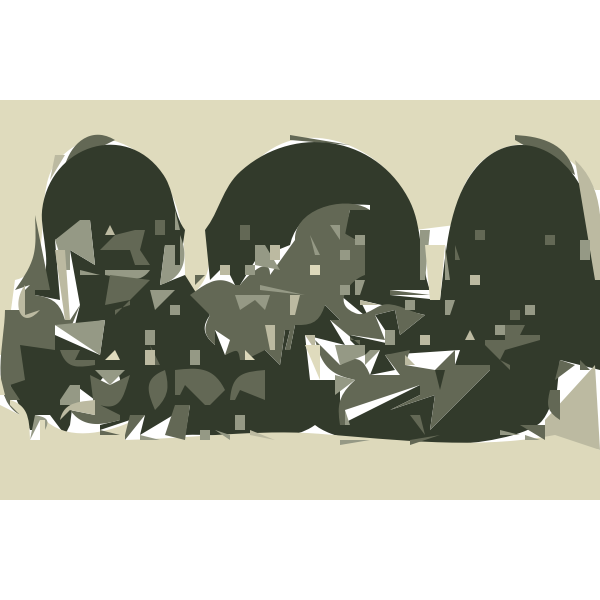Armenian Genocide Logo Vector

Armenian genocide campaign of deportation and mass killing conducted against the armenian subjects of the ottoman empire by the young turk government during world war i.
Armenian genocide logo vector. հայոց ցեղասպանության 100 րդ տարելից was commemorated on april 24 2015 april 24 1915 is considered the beginning of the armenian genocide and is commonly known as red sunday which saw the deportation and execution of many armenian intellectuals. Despite turkish denials it is unanimously verified by the international association of genocide scholars and accepted by nations that uphold moral responsibility above political gain. Free for commercial use high quality images. Armenian genocide remembrance day was first observed on.
In medieval armenian culture the eternity sign symbolized the concept of everlasting celestial life. The 100th anniversary of the armenian genocide armenian. Since the 5th century it appeared on armenian steles later it becomes part of khachkar symbolism. The starting date is conventionally held to be 24 april 1915 the day that ottoman authorities rounded up arrested and deported from constantinople now.
The best selection of royalty free armenian vector art graphics and stock illustrations. Download 250 royalty free genocide vector images. Armenians charge that the campaign was a deliberate attempt to destroy the armenian people and thus an act of genocide. The best selection of royalty free genocide vector art graphics and stock illustrations.
Nevertheless 100 years later the genocide s wounds are still very real in armenia where citizens pay tribute year in and year out. Download 1 300 royalty free armenian vector images. Women attend a religious service at the cathedral in etchmiadzin outside yerevan on april 23 2015 ahead of the canonization ceremony for the martyrs of the armenian genocide. The armenian genocide also sometimes known as the armenian holocaust was the systematic mass murder and expulsion of 1 5 million ethnic armenians carried out in turkey and adjoining regions by the ottoman government between 1914 and 1923.
Around the 8th century the use of the armenian symbol of eternity had become a long established national iconographical practice and it keeps its meaning until the modern times.


















